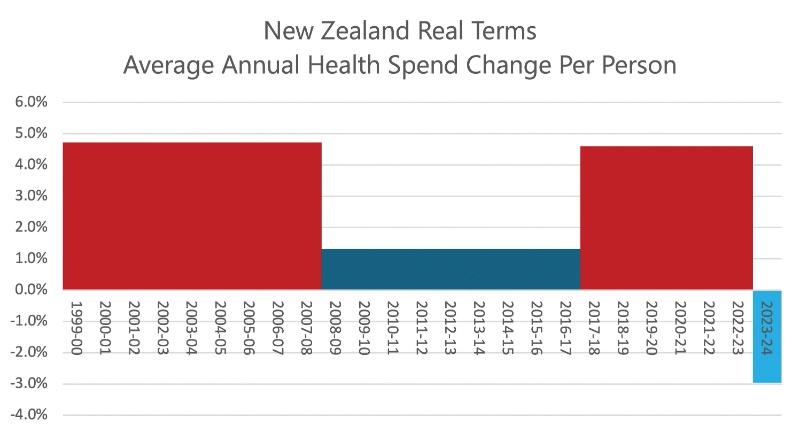Cross-sector Group Working To Improve Future Land Use
A cross sector group has been established to provide guidance to landowners and land managers who may need to establish permanent vegetative cover on their erosion-prone land.
Called the Transition Advisory Group (TAG) it is made up of forestry owners, Council’s Chief Executive and staff, Ministry of Primary Industries, people with farming interests and Maori landowners.
Acting Director Liveable Communities Kerry Hudson says moving towards more sustainable forestry and farming practices on the steep and erosion-prone land in Tairāwhiti is needed to protect our rivers and coastal environments. Multiple severe weather events in recent years have resulted in excessive sediment and woody debris accumulating in our waterways.
“The purpose of the Group is to develop methods and guidance to help transition steep erosion-prone land to a more sustainable permanent vegetation cover, to try and hold the soil in place and thereby significantly reduce the impacts of forest harvest every 24-30 years.”
Modelling and spatial data have been combined to show land with high shallow landslide susceptibility and connectivity to waterways – meaning this land has a high chance of erosion and that the landslide material (sediment and potentially woody debris) could enter the region’s waterways.
“The guidance from the Group will ultimately help reduce soil erosion and improve water quality, which in turn will enhance land, aquatic and marine biodiversity.
Advertisement - scroll to continue reading“High risk land will need to be assessed at an individual forest/site level to identify how much of that land will require specific land-use transition options to be applied to them. Some of this land is already eroding, some is void of trees where they have slipped off steep slopes, some soils and woody debris has slipped into the waterways below and much of it shows slip scarring or gullying.”
Some trees are also not suitable for harvest due to their stunted condition or are un-harvestable due to their location. Some land is also already in native vegetation such as riparian strips and native bush remnants. Different transition options will need to be applied to each of these areas. One of the roles of the TAG is to help identify the best transition option for each area.
“The TAG is a great example of where members are all there to work together in a proactive manner to help provide the understanding and guidance required to implement this critical land use transition mahi.”


 Gordon Campbell: On The Americanising Of NZ’s Public Health System
Gordon Campbell: On The Americanising Of NZ’s Public Health System NZ Labour Party: Govt Health And Safety Changes Put Workers At Risk
NZ Labour Party: Govt Health And Safety Changes Put Workers At Risk Amnesty International Aotearoa New Zealand: Democracy At Risk
Amnesty International Aotearoa New Zealand: Democracy At Risk Walk Without Fear Trust: New Sentencing Reforms Aimed At Restoring Public Safety Welcomed
Walk Without Fear Trust: New Sentencing Reforms Aimed At Restoring Public Safety Welcomed Rio Tinto & NZAS: Archaeological Project Underway From Historic Excavations At Tiwai Point
Rio Tinto & NZAS: Archaeological Project Underway From Historic Excavations At Tiwai Point New Zealand Deerstalkers Association: NZDA Urges Hunters To Prioritise Safety This Roar Season
New Zealand Deerstalkers Association: NZDA Urges Hunters To Prioritise Safety This Roar Season PSA: 1000 Days Since Landmark Pay Equity Deal Expired - Workers Losing $145 A Week
PSA: 1000 Days Since Landmark Pay Equity Deal Expired - Workers Losing $145 A Week


